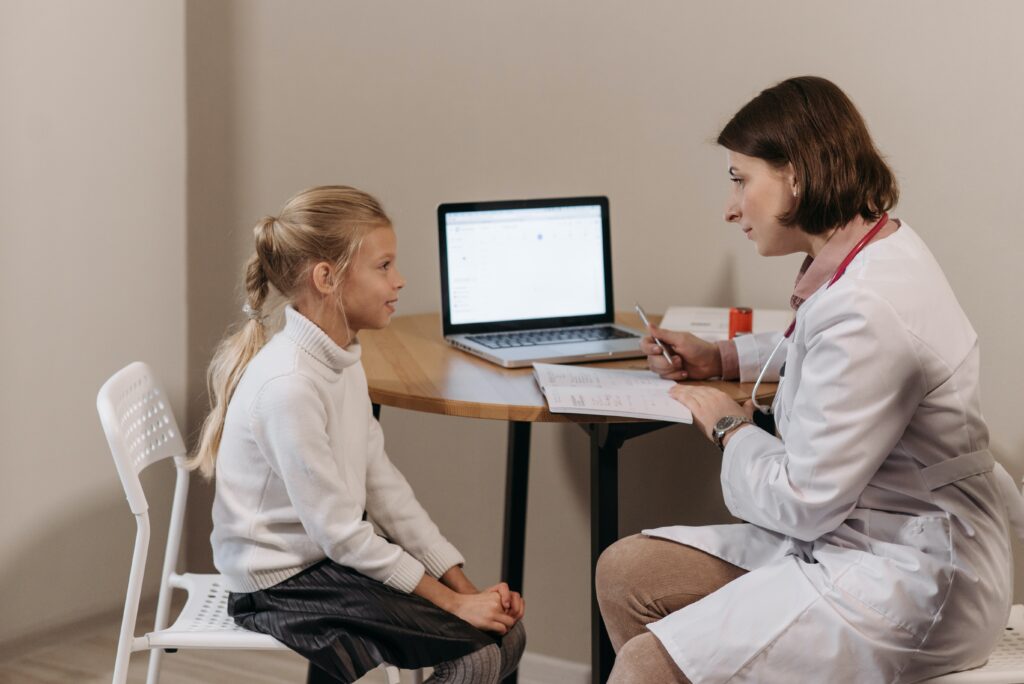At some time in their lives, most children will limp. Most of the time, this is due to a minor injury and will improve on its own with time. Persistent limping can be a challenge for both doctors and parents.
Question To Ask If Your Child Is Limping
- How does it affect the child? It is difficult for children to describe how the pain affects them. They may try to play through pain and unknowingly do more harm to themselves.
- Where is it coming from? Especially for young children it is very difficult for them to localize pain.
- How serious is it? There are many causes of limping that range from mild to potentially life-threatening conditions.
Causes Of Limping In Children
Injury:
The most common cause of limping is a minor injury. Most children with a limp have either a strain or a sprain; these will typically improve with several days of rest. Persistent limping after an injury can mean that there is an underlying condition or broken bone.
Infections:
Children can develop a bacterial infection in their bones known as osteomyelitis. They can also develop infections in the joints, known as septic arthritis.
Inflammatory diseases:
Similar to adults, children can develop inflammatory diseases in which their body’s own immune system can lead to joint pain, swelling, and limp. A common example is juvenile idiopathic arthritis.
Transient synovitis:
A viral illness (upper respiratory infection, influenza) can cause increased inflammation throughout the body. This can cause joints to temporarily swell and become painful.
Tumors:
Different types of tumors can grow in bone and surrounding tissue producing pain and limping.
Congenital abnormalities:
Certain problems that develop before a baby is born—such as congenital hip dislocation, leg-length discrepancy, or deformity can cause limping. Parents usually notice a limp when the child begins to walk.
Perthes Disease:
This is a condition in which there is decreased blood flow to the hip. This happens in otherwise healthy children from age 4-10. This decreased blood flow overtime can lead to deformity within the hip joint.
Slipped Capital Femoral Epiphysis (SCFE):
This occurs when the ball part of the hip joint slips off the upper thighbone due to a weakened growth plate. This is seen in young adolescent children age 10-15.
Nervous system disorders:
Disorders of the nervous system can cause weakness or tightness in the muscles, which can cause a child to walk differently.
Questions Asked By A Pediatric Orthopedist
The first thing your doctor will do is obtain a thorough history. Be sure to discuss birth history, family history, and developmental milestones. Common questions include: When did it start? Was there an injury? Is it getting worse or better? Is the child having any fevers? Was there any recent illness? The more information that you can provide to your doctor gives him or her the best chance of making an accurate diagnosis.
Physical Examination Of A Limping Child
Physical examination is a very important part of diagnosing a limping child. Your doctor will watch your child walk. Your doctor will feel your child’s legs for tenderness, swelling or bruising. It may be possible to determine if the problem is in a muscle, a joint, or a bone. Your doctor will examine your child’s hips, knees, and ankles for any signs of swelling or decreased range of motion. Your doctor will also check your child’s spine for pain, stiffness, curvature (scoliosis), or unusual skin markings (rash or spots). If your child does not have any pain, your doctor will look for evidence of congenital abnormalities or nervous system disorders. He or she will check your child’s reflexes and muscle tone to evaluate for any asymmetry or deficiency.
Treatment For A Limping Child
Your doctor may recommend x-rays to help determine the exact cause of the limp. X-rays are helpful to evaluate for possible fracture, congenital deformity, leg length discrepancy, and possible infection. It may be recommended to obtain x-rays of the healthy limb for comparison.
If x-rays are normal your doctor may order a magnetic resonance imaging (MRI) scan of the lower extremity. MRI scans can show joint swelling, fractures, infections, and bone tumors. Young children, less than 5 years of age, often require sedation for this test.
Laboratory studies are particularly useful in infection or inflammatory conditions. Common tests performed will evaluate for bacterial infection, juvenile idiopathic arthritis, and Lyme disease.
When To See A Pediatric Orthopedist
Oftentimes, limping will be solved in time, either through growing or through healing. However, if the issue is persistent and causing your child pain, or if you’re looking for a second opinion, please book a consultation with us!



